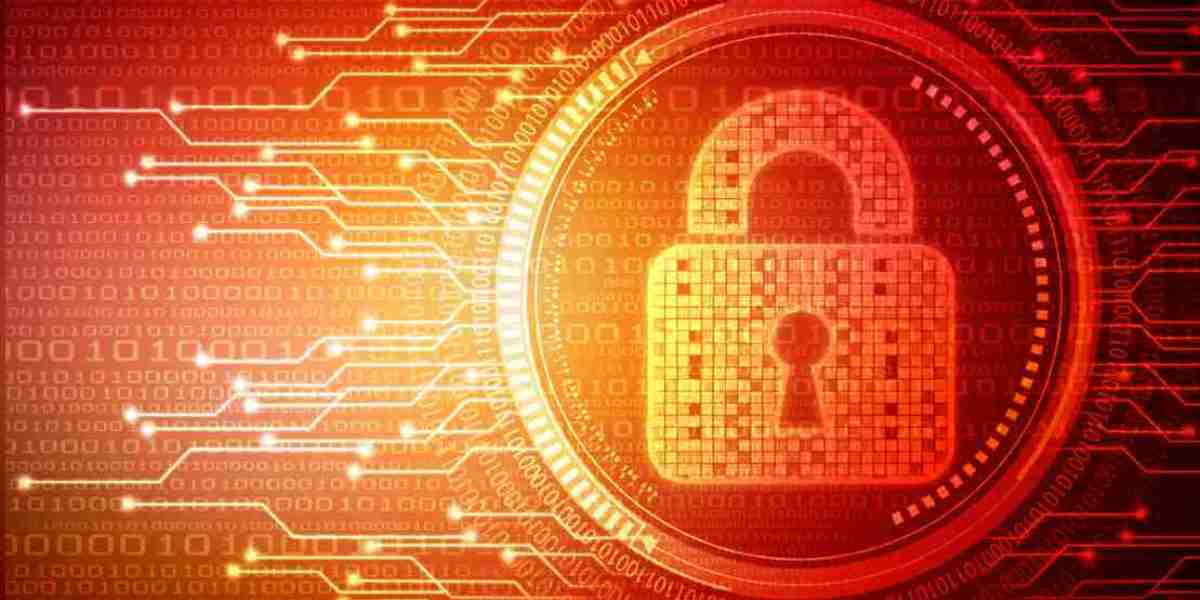Blockchain Security Market Developments: Trends, Innovations, and Future Outlook
The blockchain security market has witnessed remarkable growth and transformation in recent years, driven by the increasing adoption of blockchain technology across various industries. As blockchain continues to reshape how data is stored, shared, and validated, ensuring the security of blockchain networks has become paramount. This article explores the recent developments in the blockchain security market, highlighting key trends, emerging technologies, and the future outlook of this rapidly evolving sector.
The Rise of Blockchain Security Market
Blockchain technology, initially known as the backbone of cryptocurrencies like Bitcoin, has expanded its applications into supply chain management, finance, healthcare, government, and more. Its decentralized and immutable nature offers a unique way to enhance transparency and trust in digital transactions. However, these advantages come with significant security challenges, such as vulnerabilities in smart contracts, consensus mechanisms, and potential 51% attacks.
The increasing frequency of cyberattacks on blockchain systems and rising concerns over data privacy have fueled demand for specialized blockchain security solutions. According to market research reports, the blockchain security market is expected to grow at a compound annual growth rate (CAGR) of over 30% in the coming years, driven by the need for advanced security protocols, risk mitigation strategies, and regulatory compliance.
Key Market Developments and Trends
1. Advanced Cryptographic Techniques
One of the most critical areas of development in blockchain security is the advancement of cryptographic algorithms. Innovations such as zero-knowledge proofs (ZKPs), homomorphic encryption, and multi-party computation (MPC) are gaining traction. These techniques enhance privacy and security by allowing transactions to be validated without revealing sensitive data, thereby reducing the risk of data breaches.
Zero-knowledge proofs, for instance, enable one party to prove to another that a statement is true without revealing any additional information. This has immense potential in blockchain security, especially in confidential transactions and identity verification.
2. Smart Contract Auditing and Formal Verification
Smart contracts are self-executing contracts with the terms of the agreement directly written into code. While they automate processes and reduce intermediaries, vulnerabilities in smart contract code have led to significant financial losses in decentralized finance (DeFi) platforms.
To combat this, the market is seeing a surge in smart contract auditing tools and services. Formal verification—mathematically proving the correctness of smart contracts—is becoming a standard practice. These measures help identify bugs and vulnerabilities before deployment, increasing user confidence and reducing the risk of exploits.
3. Decentralized Identity (DID) Solutions
Identity management is a crucial aspect of blockchain security. Decentralized Identity (DID) frameworks allow users to control their digital identities without relying on centralized authorities. This approach reduces identity theft and fraud risks.
The integration of blockchain with biometric authentication, digital wallets, and self-sovereign identity (SSI) models is advancing rapidly. These solutions empower users with more control over their data while ensuring secure and private identity verification.
4. Security Token Offerings (STOs) and Regulatory Compliance
As blockchain ventures move towards security token offerings (STOs) and tokenized assets, compliance with regulatory frameworks becomes critical. Blockchain security providers are developing solutions that ensure transparency, auditability, and adherence to legal requirements.
This trend has pushed companies to integrate Know Your Customer (KYC) and Anti-Money Laundering (AML) protocols directly into blockchain platforms. Such integration not only enhances security but also builds trust among investors and regulators.
5. Interoperability and Cross-Chain Security
The blockchain ecosystem is fragmented, with numerous blockchains operating independently. Cross-chain interoperability—enabling communication and transactions across different blockchains—is essential for scaling decentralized applications (dApps).
However, cross-chain solutions introduce new security risks, including vulnerabilities in bridges and protocols connecting disparate blockchains. The market is responding with enhanced cross-chain security frameworks, such as decentralized oracles and multi-signature mechanisms, to safeguard these interactions.
6. AI and Machine Learning in Blockchain Security
Artificial intelligence (AI) and machine learning (ML) are playing a growing role in enhancing blockchain security. These technologies enable real-time threat detection, anomaly identification, and predictive analytics.
By analyzing transaction patterns and network behavior, AI-powered security tools can detect fraudulent activities and potential cyberattacks before they cause harm. This proactive approach is crucial for protecting blockchain infrastructures in a rapidly evolving threat landscape.
Challenges Facing the Blockchain Security Market
Despite rapid advancements, the blockchain security market faces several challenges:
Scalability vs. Security Trade-offs: Enhancing security often comes at the cost of slower transaction speeds and higher computational requirements, impacting user experience.
Lack of Standardization: The absence of universal standards for blockchain security complicates the integration of solutions across platforms.
Evolving Threat Landscape: Cybercriminals continuously develop new attack methods, requiring constant innovation in security measures.
Regulatory Uncertainty: Varying regulations across jurisdictions create complexity for global blockchain security implementations.
Future Outlook and Opportunities
The future of the blockchain security market looks promising, with several opportunities on the horizon:
Quantum-Resistant Cryptography: As quantum computing evolves, it threatens current cryptographic algorithms. Developing quantum-resistant cryptography will be vital to future-proof blockchain networks.
Integration with IoT Security: The convergence of blockchain with the Internet of Things (IoT) presents new avenues for securing connected devices and data integrity.
Expansion in Emerging Markets: Growing blockchain adoption in emerging economies will drive demand for cost-effective and scalable security solutions.
Collaboration and Ecosystem Development: Industry partnerships and open-source initiatives will accelerate innovation and create more robust security frameworks.
Conclusion
The blockchain security market is undergoing dynamic development, fueled by the expanding use of blockchain technology across industries. Innovations in cryptography, smart contract security, decentralized identity, and AI are transforming how blockchain networks are protected. Despite challenges, the market's growth potential is significant, driven by the increasing need for secure, transparent, and compliant blockchain ecosystems. Stakeholders—from developers to regulators—must collaborate to build resilient security infrastructures that can sustain the future of decentralized technologies.




